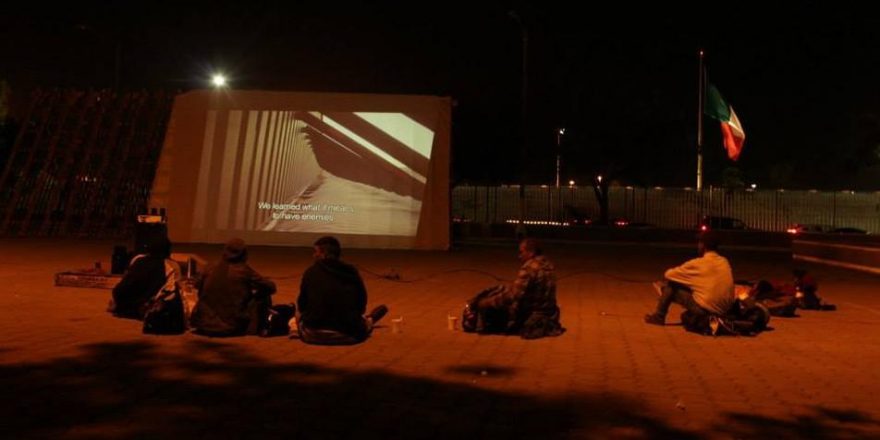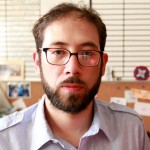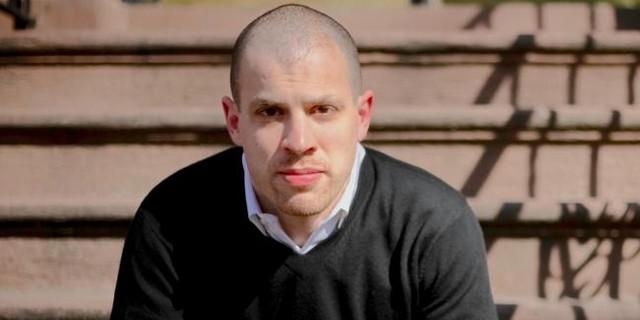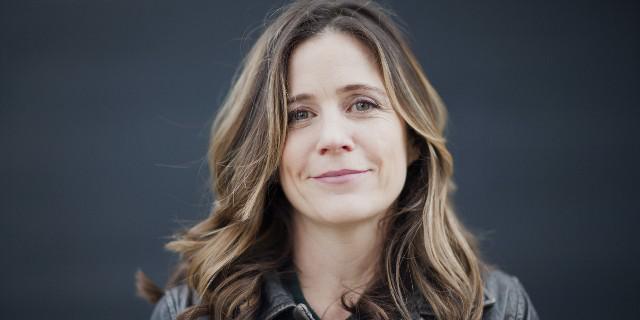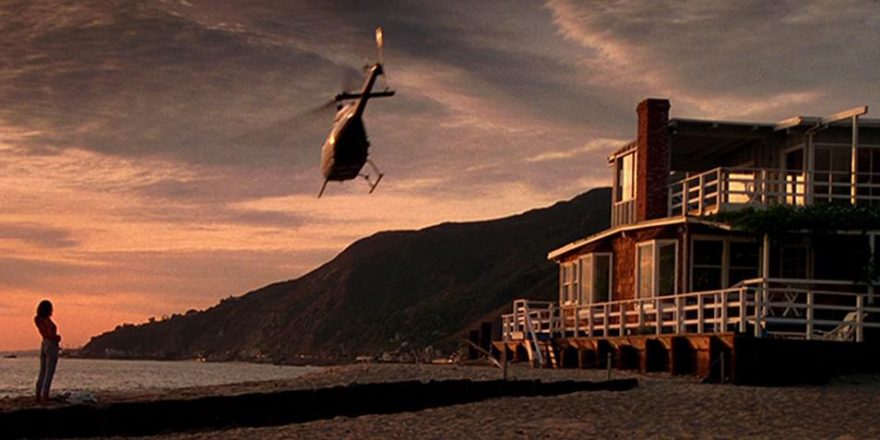A few years back, I shot a documentary film on the US-Mexico border. Purgatorio: A Journey Into the Heart of the Border was made during a four-week road trip, straddling both sides of the border from Tijuana into southern Texas. In mid-September of this year, after playing at festivals around the world and winning several awards, I was lucky enough to return to Tijuana and screen the film right next to the border fence. An epic portrait of the border universe, Purgatorio builds a vast mosaic of characters and landscapes into a visceral, dream-like experience. I’ve screened it dozens of times to live audiences, but it was not until this visit to Tijuana that I realized just how small my film is in comparison to reality, leading me to question the impact of issue-driven documentaries on the real world.
I hit the road the day before, driving southbound for seven hours from my home in California’s Central Valley, excited about the prospect of screening next to the fence and looking forward to being in Tijuana again. On the morning of the screening, I arrived in Zona Norte, a part of the city crammed between the red light district and the border fence. My guide was Lulú, a remarkable woman devoted to defending migrant rights. A middle-aged lover of Frida Kahlo and rock & roll, she was going to take me into the community so that I could invite the people to come watch the film in the evening.
Our plan was to make our way through the huge concrete riverbed built over the Tijuana River, which runs right along the border fence before veering off through the city itself, stretching for miles. It’s an apocalyptic setting, a ditch 100 feet deep and over 300 wide, with thick slabs of concrete covering most of its surface and a thin stream of filthy water running down the middle. The city ignores it, hopping over it with a network of overpasses, trying not to look at the squalor and pain that’s down there. It’s the home of deportees without anywhere else to go, of people who fall into addiction or suffer from mental illness, the place where the city throws away its pariahs.
I followed Lulú into the ditch. We passed enormous sewage grates spaced out along the sides, used as homes or drug labs, and piles of human feces littering the shadows of the overpass columns. People lay in the sun or wandered around. Some of them washed clothes or even bathed in the grimy water. Lulú introduced me to the people she knew there and I invited them to the screening and the free food that came with it. She told me that it might be difficult to get a good turnout because whenever the people from the ditch congregate outside of the area, they are immediately targeted by the police, almost always with a combination of excessive violence and trumped-up charges.
We passed by an open-air heroin den crowded with addicts, arriving at an area right next to the Mexican side of the border checkpoint. A ridiculously huge flag waved high above a community of houses, a small village made of cardboard, pieces of wood and dusty blankets. The police targeted this section constantly, coming in at night with bulldozers, tearing down the houses, arresting people on made-up charges such as not having an ID or looking like they were about to commit a crime. I was told that a few months ago they burned several shacks with gasoline, killing several of the dwellers.
We stood at the rim of the massive ditch and silently surveyed the scene. I wondered what the hell I was doing there. I felt like a morbid tourist. How could I present a film about the border to these people who live the very worst of it every day? Showing them Purgatorio was not going to change their circumstances. This was not a film festival audience; I was not showing at an art-house venue or university. I was about to screen in the very streets where all of the border’s chaos explodes. What could my film possibly mean to the people living here?
These thoughts ran through my mind as the day passed into night. I was feeling pretty nervous when we arrived at the square where the screening was taking place. When at first I didn’t see anyone in the darkness, I thought it was a dud. And then I saw them: a crowd of people laughing and chattering around a guitarist who had been invited to open the film. The audio system was not working and he was playing and singing a cappella. Our contact from the Ministry of Culture was there with the rest of the production team, who were setting up the projector against a giant plastic sheet, opening up bags of fresh-baked bread and serving cups of oatmeal and coffee to the people. Suddenly the speakers came on and I had to stand up and present the film. Usually, my approach is to thank the audience and ask them to open their hearts to the journey of the film, but this time I hesitated for a moment. I admitted that it was an incredible honor to be there. I was humbled, truly, that they were there that night.
I was surprised that nobody left as the film played. The audience stayed, watching and listening, sitting on the floor close to the screen or standing up. During the Q&A, a man my father’s age said that yes, the film fell very short of reality, but it was also true. Even though the conditions remained as they were, I realized that being there was a genuine gesture of solidarity. I felt incredibly lucky to sense how small my film really is, to see it as a part of this universe where we had found a moment to come together.
The next morning, as I waited in line to drive back across into the US, I tried to organize my thoughts about the whole experience. I felt that I had discovered something crucial that I would need to keep with me as I made new films, and it has to do with the desire of documentaries to change the world. The guiding belief is that one story,well told, will move hearts and minds and audiences will be mobilized to change the very circumstances that brought the film about in the first place. Yet it’s not true. I’ve watched many issue-driven documentaries by colleagues and friends as well as by renowned directors, yet what I love most about documentary films is not their politics — it’s their engagement with life, the way they place you, as an audience, right in the moment, letting the complexity of reality vibrate from the screen.
The world is too big. Life is too painful and incredibly vast. And it’s not that I don’t want to change it. There are plenty of things that are horrible and unfair that ought to be remedied. Cruelty, inequality, injustice, these are the very things that drive me to invest my life in making films. What I rebel against is the feeling of false engagement that lurks around the corner. Watching or making a film about an issue that matters to me does not mean I have done anything to change it. What it means is simply that we have watched or made a film. Real change comes from people like Lulú who are in the trenches day after day, devoting their lives to a struggle.
Some may interpret this as a hopeless and cynical point of view. If this is the case, then why bother making or watching films? And yet for me it’s completely the opposite. Just because the world remains complicated and frustrating does not mean that art has no place in it. The creative impulse is an affirmation of the very best of life. It has a value that overshadows any other effect. As a filmmaker, I cannot organize reality into neat categories and offer a clear path to what I deem is success in the world. It is enough to trust in the power of art to hold a mirror up to the world itself.


